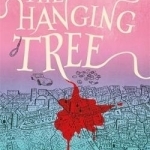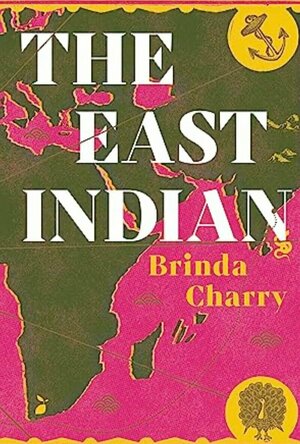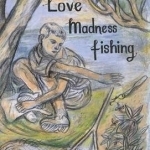
Love, Madness, Fishing: A Memoir
Book
Soon after Dexter Petley began writing down his observations of people on the borders of rural Kent...
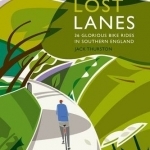
Lost Lanes: 36 Glorious Bike Rides in Southern England (London and the South-East)
Book
LOST LANES will take you on 36 meandering tours of the most beautiful and hidden destinations in...
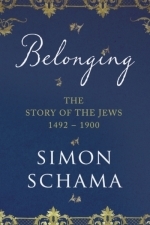
Belonging: the Story of the Jews, 1492-1900
Book
The Jewish story is a history that is about, and for, all of us. And in our own time of anxious...
History Religion
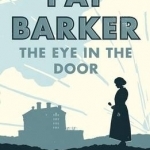
The Eye in the Door
Book
The Eye in the Door is the second novel in Pat Barker's classic Regeneration trilogy. WINNER OF THE...

PS Kingswear Castle: A Personal Tribute
Book
Kingswear Castle is one of a number of smaller paddle steamers built in the nineteenth and early...
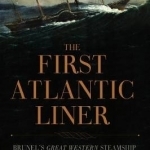
The First Atlantic Liner: Brunel's Great Western Steamship
Book
The Great Western is the least known of Isambard Kingdom Brunel's three ships, being overshadowed by...
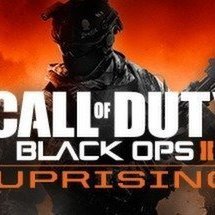
Call of Duty: Black Ops II - Uprising
Video Game
A new era in warfare continues. Call of Duty®: Black Ops II Uprising, the latest downloadable...

The House in France: A Memoir
Book
In 2009, six years after her mother's death, Gully Wells returns to La Migoua, the house in Provence...
Alice (12 KP) rated Hanging Tree: The Sixth PC Grant Mystery in Books
Jul 3, 2018
However, there were a few parts of this book that bugged me which I’ll go through shortly.
The Hanging Tree is the sixth installment of the bestselling Peter Grant/Rivers of London series and finally there is some proper river action. This book centers around Tyburn or Lady Ty as she is affectionately known. Lady Ty for those of you who don’t know is an overwhelming bitch with a major Goddess complex – with good reason really.
This book follows Peter as he helps to investigate the murder of a teenager – don’t let this fool you, the principal suspect in the murder is one of the family Rivers. This kicks off simultaneous police investigations and Folly blow-ups abound.
First, the things I liked:
The reappearance of much loved characters such as Nightingale, Molly, Guleed, Stefanopaulos and even Seawoll.
The introduction of new characters
The familiar writing style
The monologuing of Peter Grant
The plot
The return of some characters I won’t name and
The revelations!!!
Now, I hate to do this really (and I despise using bullet points as a side note) but needs must.
Things I disliked:
The overuse of the term white to describe characters that had no context and almost no bearing on the story-line whatsoever – I’m almost positive I counted at least 15 uses of the word “white” in the first 30% of the book, sometimes more than once a page. The worst use of this – for me – was “a scary white waitress”, I don’t know about you, but the need to describe a character based solely on their skin tone is a big no no for me. It lacked context and bearing on the part of the story at hand.
The return of some characters I won’t name – what the actual fuck Ben? That’s wrong! They can’t be better than Peter!
Now despite my reservations and the things I disliked, I did enjoy this book. In the end. It took about 60% for this book to grab my attention with both hands which I suppose could be construed as a bad thing, however that first two thirds set up the ending in a great way. The culmination of multiple prolonged story arcs were a welcome wrap up to this installment and I look forward to the next.
ClareR (5884 KP) rated The East Indian in Books
Jul 13, 2023
“Tony” (so named because a British man couldn’t pronounce his real name, and we never find out what that is) comes from the Coromandel coast. He travels to London with a white man in order to be his servant, but the man dies on the voyage. In London, Tony has to fend for himself, a child alone in a big city that takes advantage of the vulnerable. Unsurprisingly, Tony is kidnapped, transported to America, and becomes an indentured servant. It looks as though his dreams of becoming a medicine man will never come to pass. But he does make friends with some of the boys on the voyage. When he arrives in America, he is mistaken for a native Indian - he isn’t as black as the Africans - and he’s often referred to as a ‘Moor’.
There’s little wonder that Tony has so many friends, he’s a likeable boy. He hates to see the maltreatment of his fellow indentured servants and slaves.
This book illustrates the lives of indentured servants and the beginning of slavery under British rule in the colonies. It’s not a nice way to live; seen through the eyes of a child it’s both less and more horrific. Tony doesn’t necessarily see how bad things are, because he has no comparison until he starts to get older.
The most infuriating part for me (it’s a long list!), was how Tony and the Africans were ‘othered’ by the white man: they weren’t to be trusted, their ways of life were seen as primitive, they were seen as a belonging or little better than animals.
This book predates slavery as it was to become, but you can see the beginnings of it. As an indentured servant, you belonged to your master.
Jamestown is described so well (sights, sounds and smells) as are the wilder areas: the forests, mountains and rivers. It sounded beautiful, kept that way by Native Americans who were already being driven from their homeland.
It’s a sobering, beautiful story, and I’m so glad that I got the chance to read it - thanks Pigeonhole!
